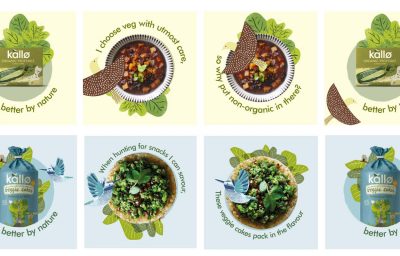We’ve helped clients deliver some of the highest innovation concept scores they’d achieved; clients deliver 7 winning NPD concepts out 15 concept screened and clients deliver a 93% innovation concept viability score in a Bases SnapShot!
We don’t deliver results like this by accident …
We’ve identified five factors that seem to separate good great innovation concepts from the rest:
Insights: Make sure your insight really is an insight. Too many are in fact just vague ‘observations’. Actionable insights contain both an element of ‘truth’ and a ‘disconnect’. The insights in our concepts are crafted to maximise their relevance to your target consumer.
Benefits: Great concepts tap into your consumers’ fundamental functional & emotional drivers. The best offer rewards and deliver meaningful benefits both emotionally and functionally. We craft concepts that unlock these differentiating benefits and maximise consumer desire.
Claims & RTBs: Compelling claims and credible reasons-to-believe are the foundations of a great concept. One of the secrets of a winner – is to be selective and make sure they are in 100% alignment with the insight and benefit. Too few truly are!
Brevity and Visuality: 150 words is a good target – and pictures really do speak thousands of words. Resist the urge to include every claim and every benefit in every concept.
Co-Creation: Our secret weapon is co-creation. By working with super-consumers we can fine-tune ideas, words and pictures to build your cool ideas into winning concepts!
Our planners, ideators and creatives have developed a powerful bank of Agile Concepting Tools that have already helped many clients turn good ideas into great concepts – and winning new product launches.
If you’d like to know more about our thinking on creating the perfect concept, or have a pressing concept creation challenge – why not get in touch to find out how we might help you turn your cool ideas into winning concepts?






